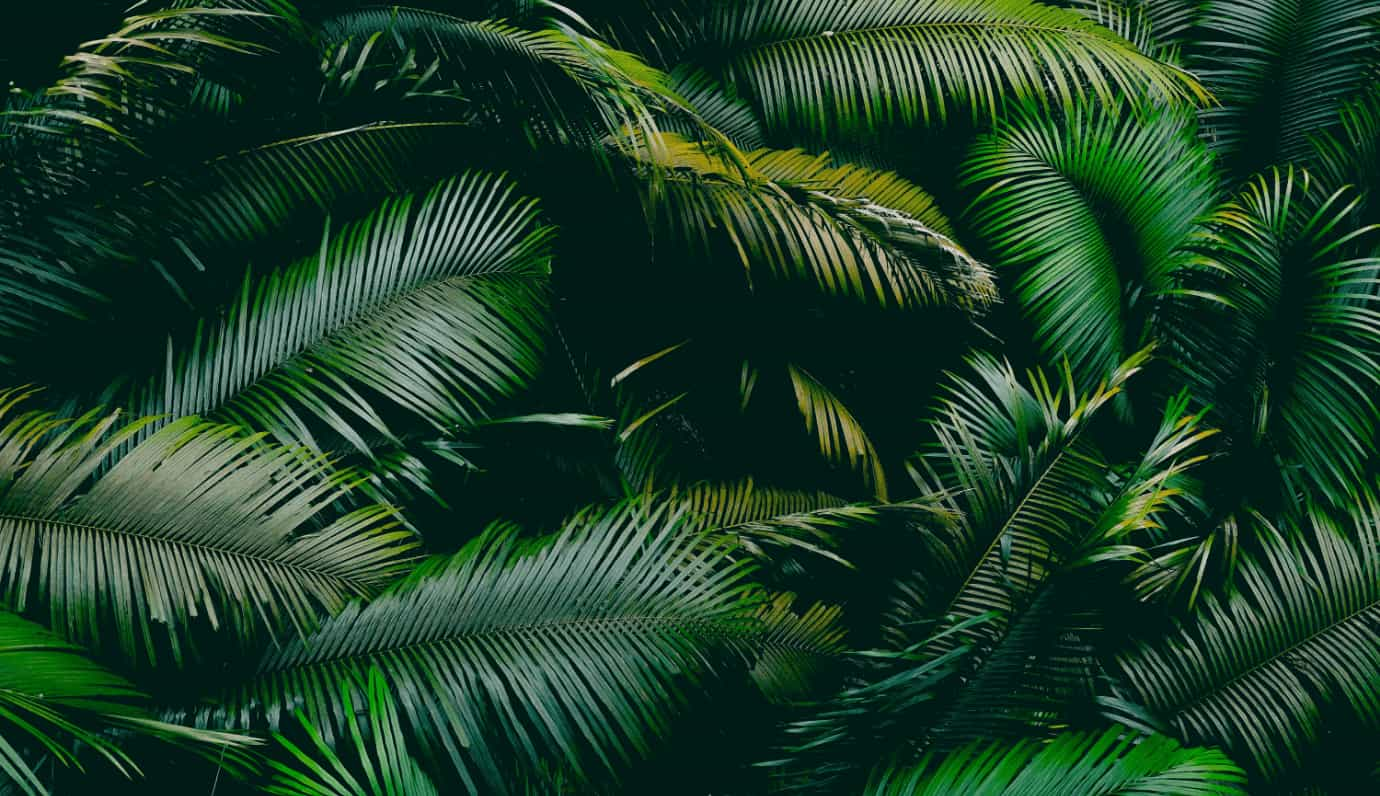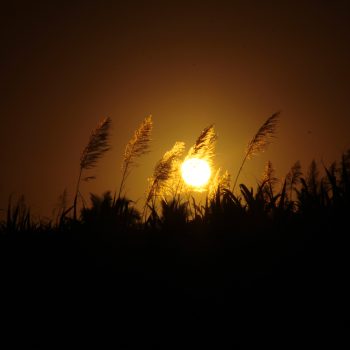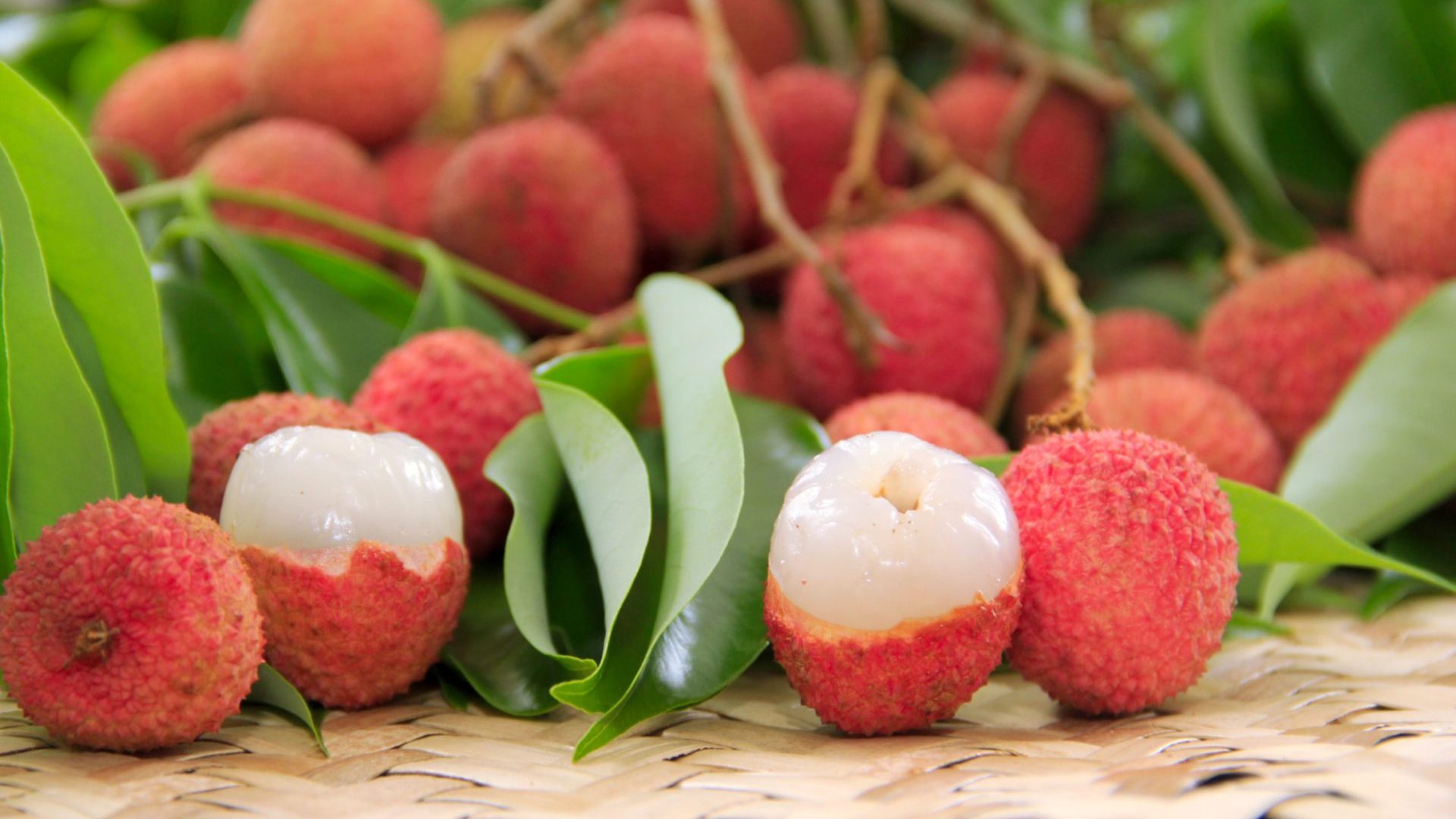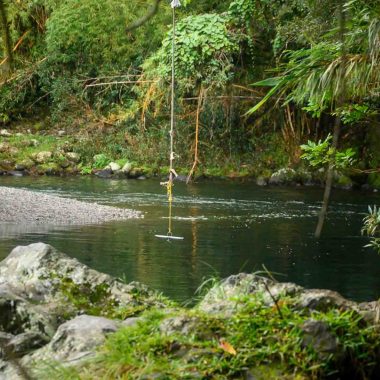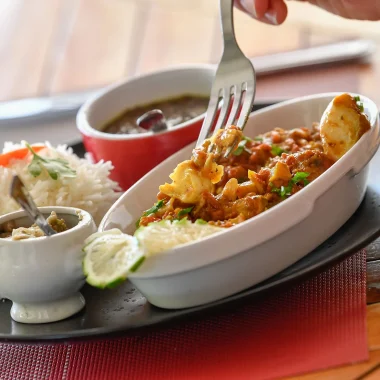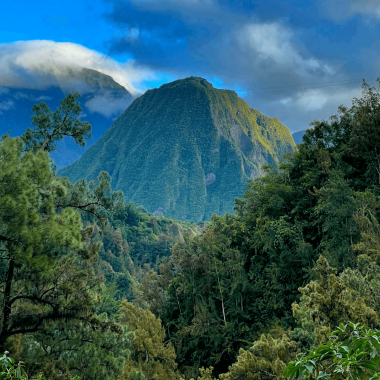The lychee of St. Benedict. Recognizable by its vermilion red color, the first litchis of the season herald the start of the end-of-year holiday season and the essential summer flavors that accompany it.
From the month of November, our "péi" Christmas balls gradually begin to blush on the "lychee feet", and we are already stamping our feet with impatience to taste the soft and sweet little fruit that we had to wait all 'year.
Everything you need to know about Saint-Benoît litchi
Saint-Benoît litchi, better known as "lychee" in mainland France and elsewhere, is a small fruit that is round or oval in shape and bright red to purple in color when ripe. Its skin, both thin and tough, is rough to the touch like a real shell with its pointed reliefs. Inside, we discover a translucent white pulpit, fragrant, juicy and sweet. In the middle, an inedible stone whose size varies from one lychee to another.
Whether small or predominant, the core has been used for generations by children who make spinning tops by inserting a match in the middle.
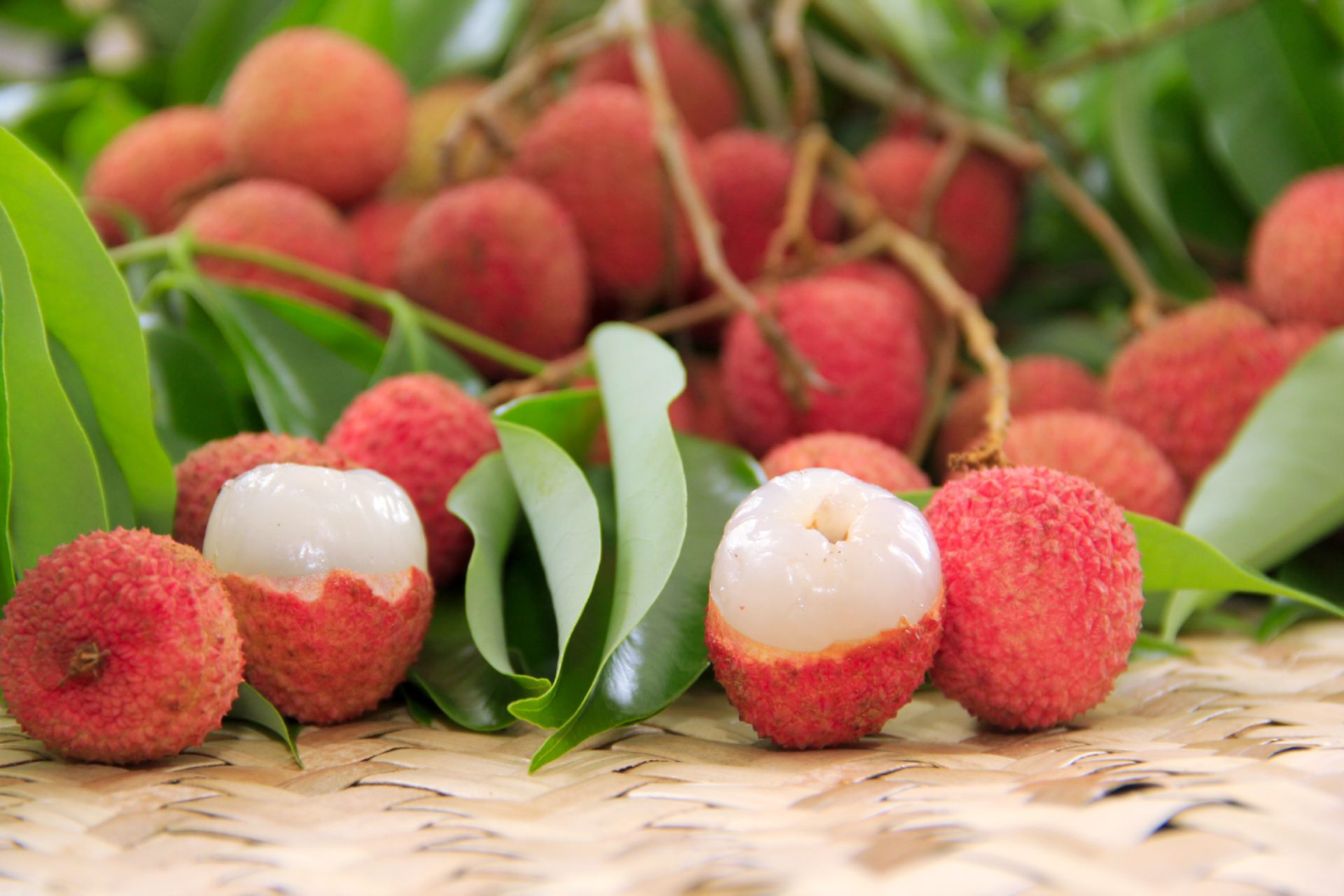
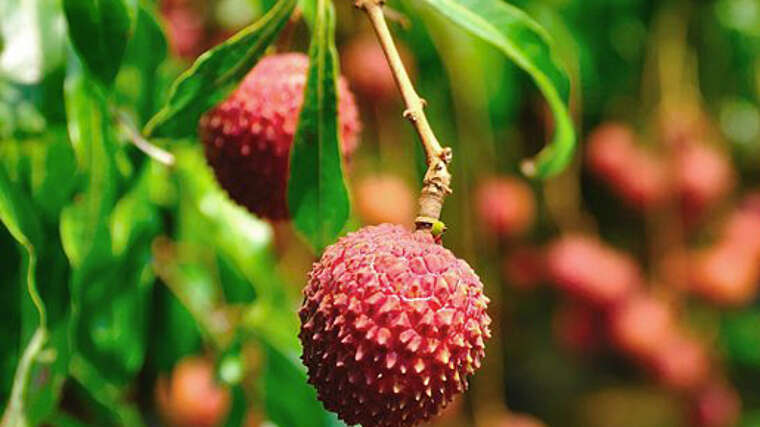
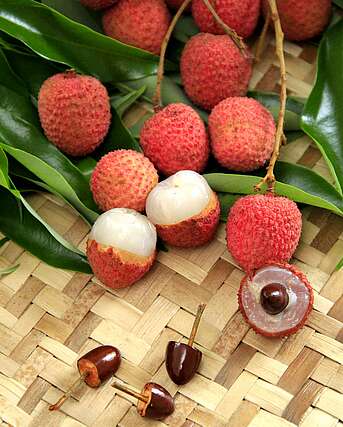
The lychee plant is a tree favorable to a hot and humid climate, which appreciates soils rich in water. However, it needs a so-called “stress” period, that is to say a cold snap, to promote its flowering. Thanks to its natural predispositions, it is found in abundance in the east of the island and especially in Bras-Canot in St. Benedict where the relief protects them from the wind and where they are constantly supplied with water thanks to the proximity of the Rivière des Marsouins.
Blossoming
Flowering takes place between June and August.. Small yellowish-white flowers begin to appear at the end of the branches and are then fertilized by insects and mainly bees which then produce quality lychee honey, recognizable by its very characteristic creamy texture.
Shortly after, tiny little green lychees appear. Harvesting is usually done in December, when the maturity of the fruit has reached its peak. The number of fruits on each branch varies between a few units and a few tens of litchis for the most abundant.
Where is he from ?
It was in 1764 that the first litchis were imported to Reunion Island by Joseph-François Charpentier de Cossigny de Palma, and more particularly acclimatized in Saint-Benoît by Joseph Hubert at the end of the XNUMXth century. Since then, the island has become one of the first producers of the popular and coveted little red fruit. Originally from China, it would come from two provinces: Guangdong and Fudjian. Several species exist – Litchi chinensis Sonn, Litchi philippinensis Radlk. ex Whitford, Litchi sinensis Sonner – but only the former is known from Reunion.
Where to find it?
Nothing easier ! The lychees are sold on fairground markets or simply by the side of the road. The kilo can climb up to 30 euros at the start of the season before falling to 2 or even 1€ per kilo thereafter. The Reunionese consume a large part of the local production but the farmers also export it to the other side of the sea. About 8000 tonnes are produced on the island for 1000 tonnes exported to France every year. Lychee orchards represent an area of 500 hectares in Reunion.
Red label
Litchi from Saint-Benoît “Made in Réunion”
Our Reunion litchis obtained in December 2012 the prestigious Red Label. This is to tell you if they are good! This label demonstrates the high quality of Reunionese productions with sweeter, juicier and more fragrant fruits. In addition to its delicious taste, this small red fruit is full of benefits for our body: it is rich in Vitamins A, B and C and in carbohydrates. It also contains calcium, iron and sodium.
To the delight of gourmets, lychee comes in different forms: sorbet, juice, syrup, jam, etc. It can also be added to sweet and sour dishes such as pork with lychees for example. But the local specialty is undoubtedly the traditional lychee-flavoured rum. A digestive always well received on the table after a family meal.
Finally, if you are a player, try your luck at the "Philippine" game! To play it, you must first be lucky enough to come across a “double litchi”, that is to say two litchis stuck together. The principle is simple: the two players must choose a date and an issue. On D-Day, the first to say "Philippine" wins the game and wins the agreed prize.
To the delight of gourmets, lychee comes in different forms: sorbet, juice, syrup, jam, etc. It can also be added to sweet and sour dishes such as pork with lychees for example. But the local specialty is undoubtedly the traditional lychee-flavoured rum. A digestive always well received on the table after a family meal.
Finally, if you are a player, try your luck at the "Philippine" game! To play it, you must first be lucky enough to come across a “double litchi”, that is to say two litchis stuck together. The principle is simple: the two players must choose a date and an issue. On D-Day, the first to say "Philippine" wins the game and wins the agreed prize.

